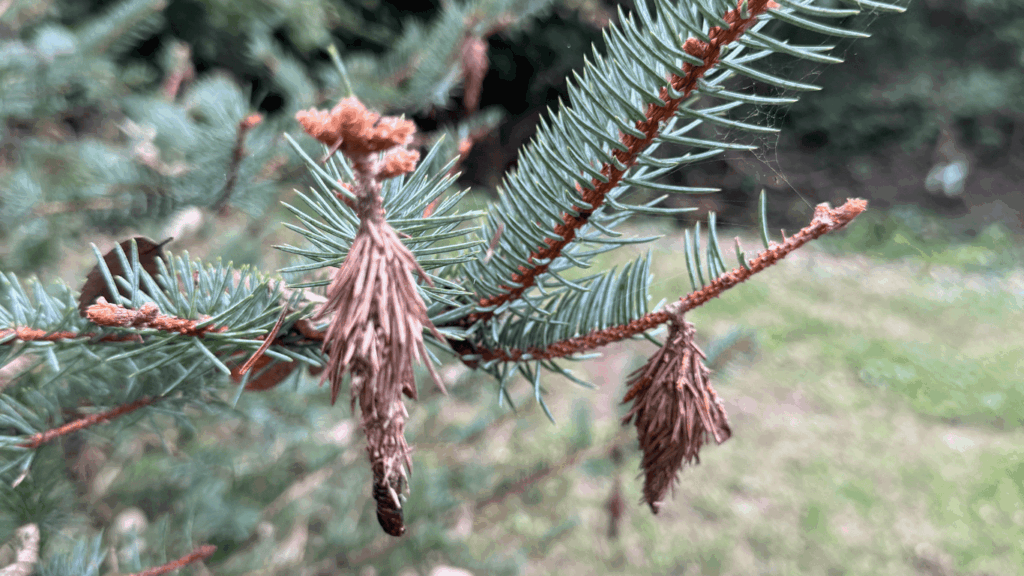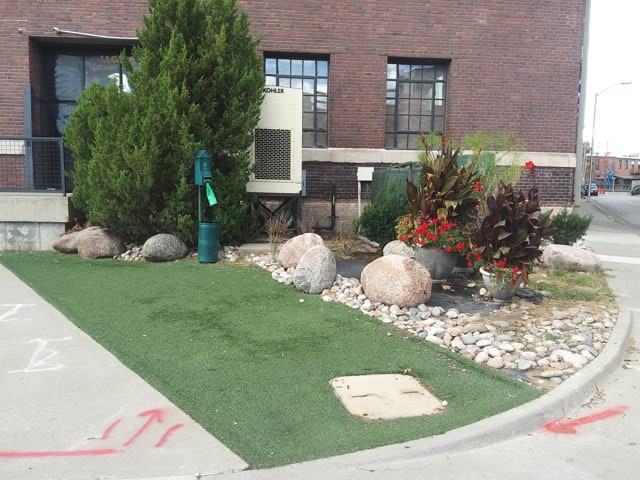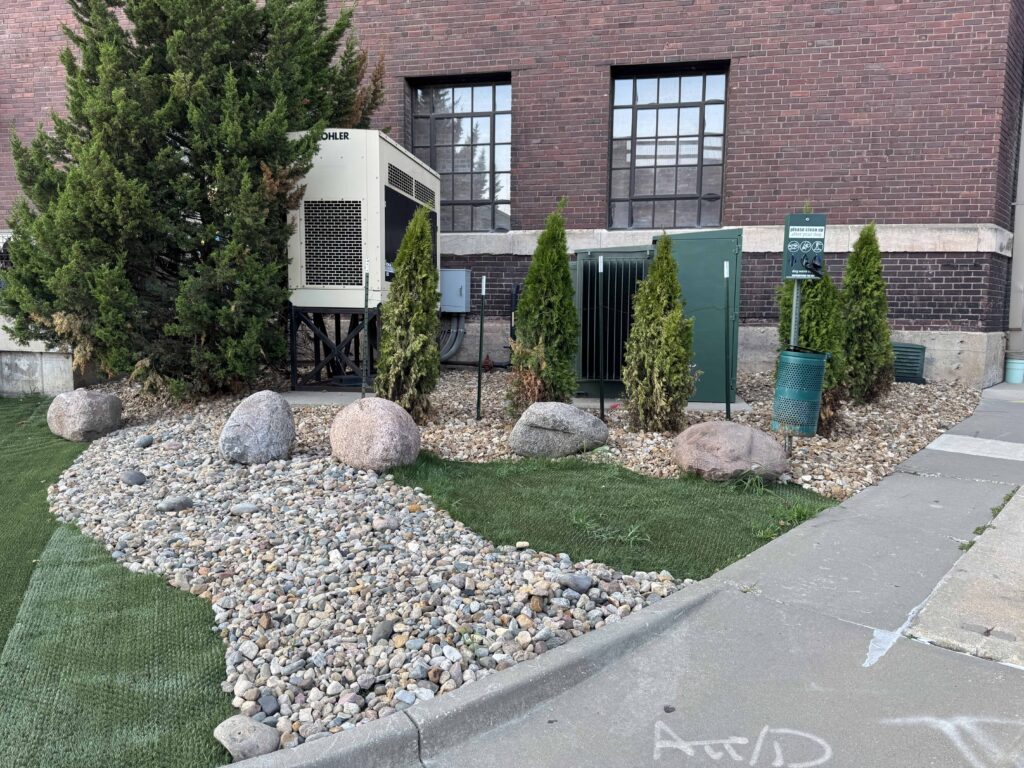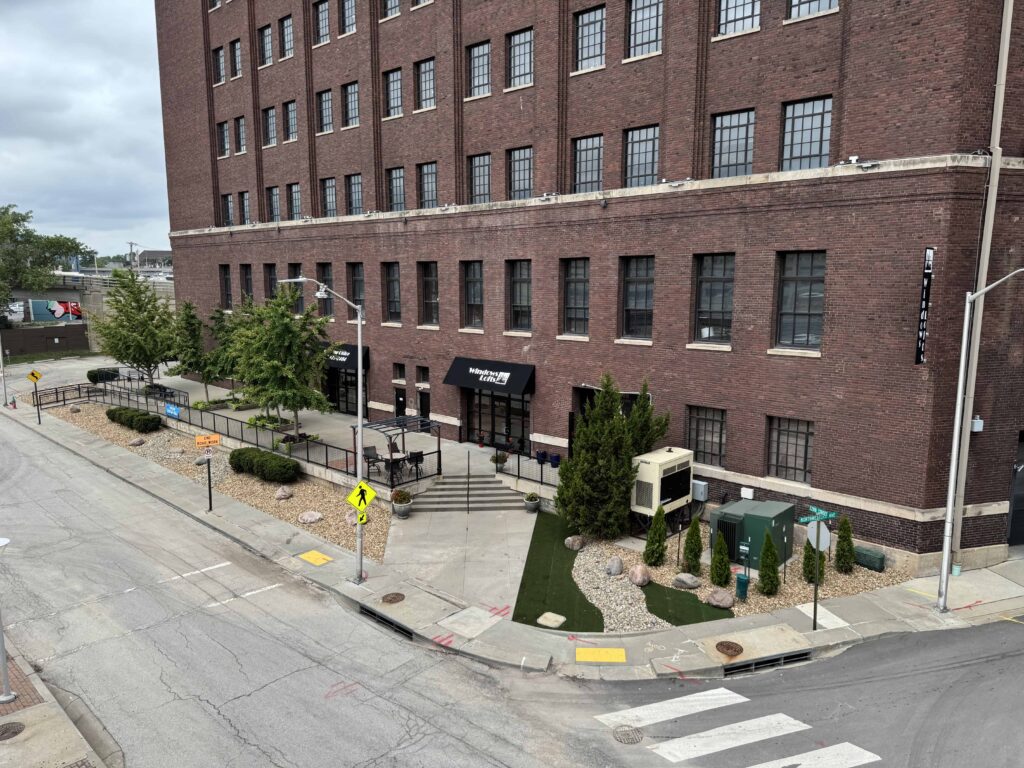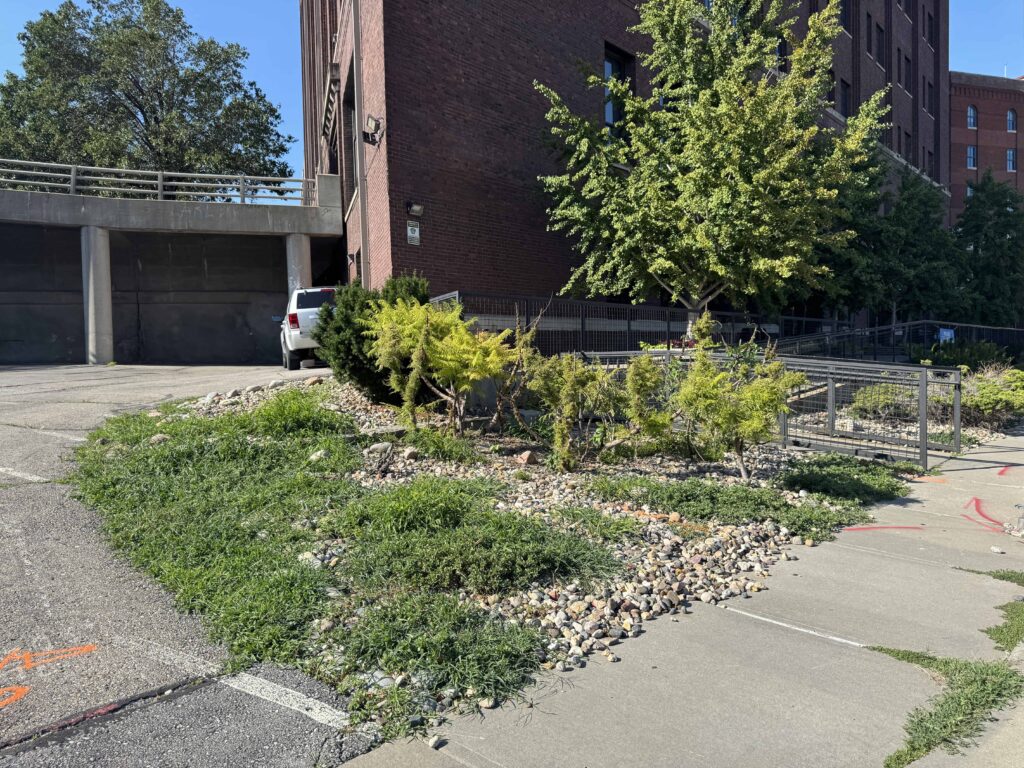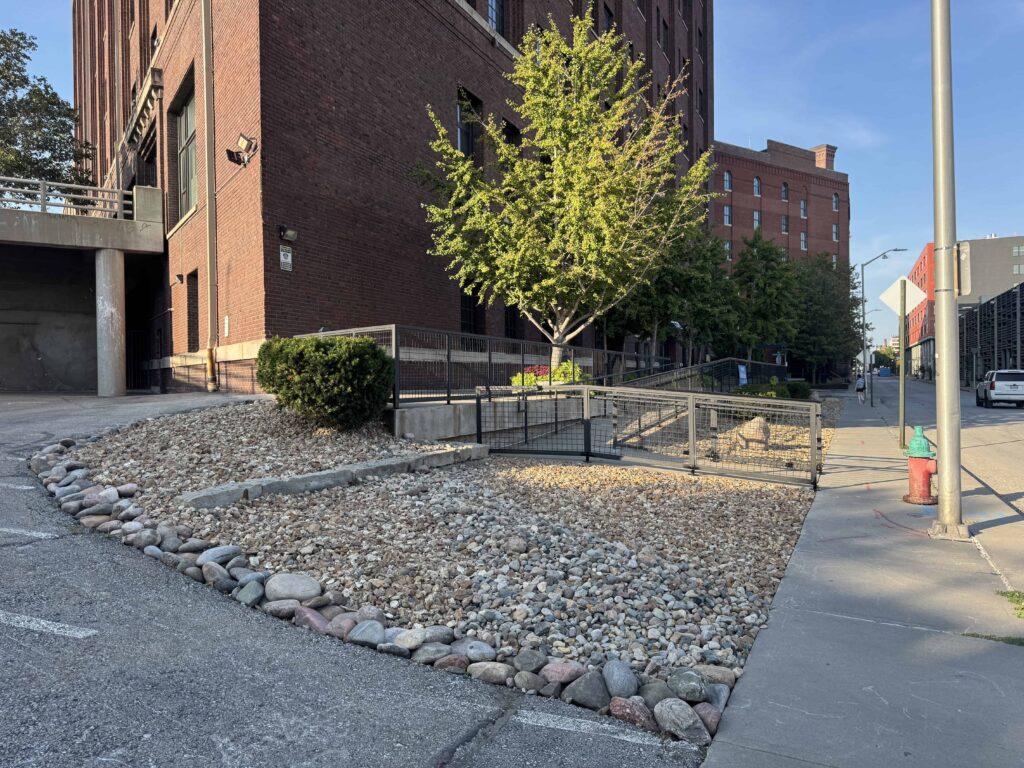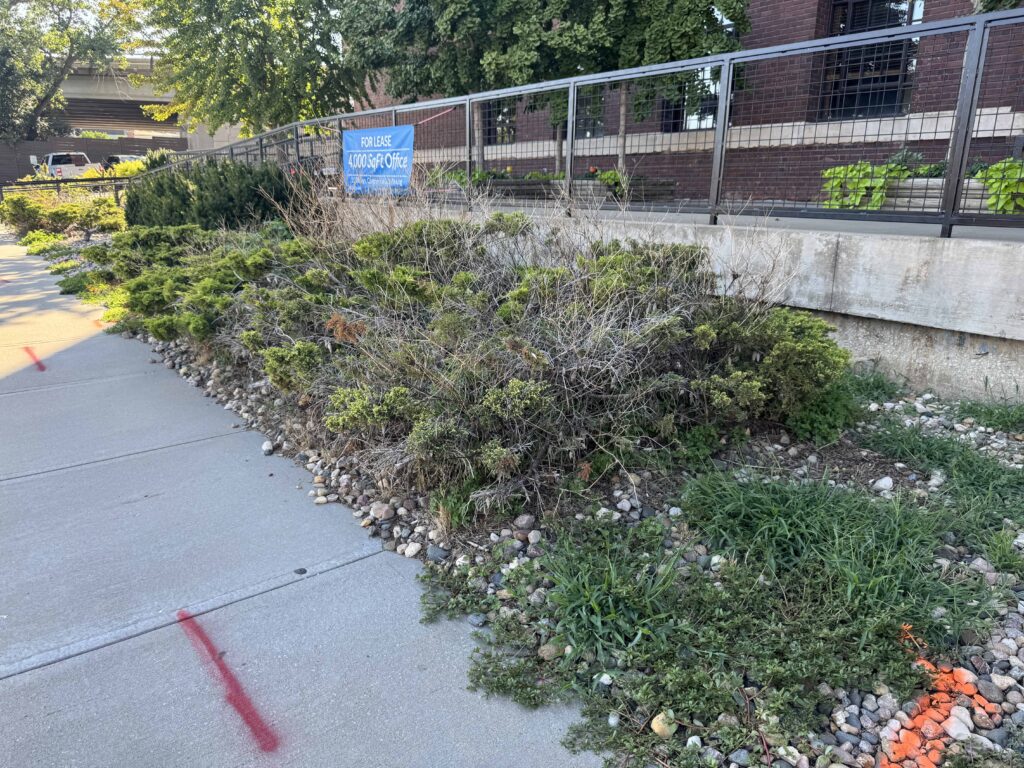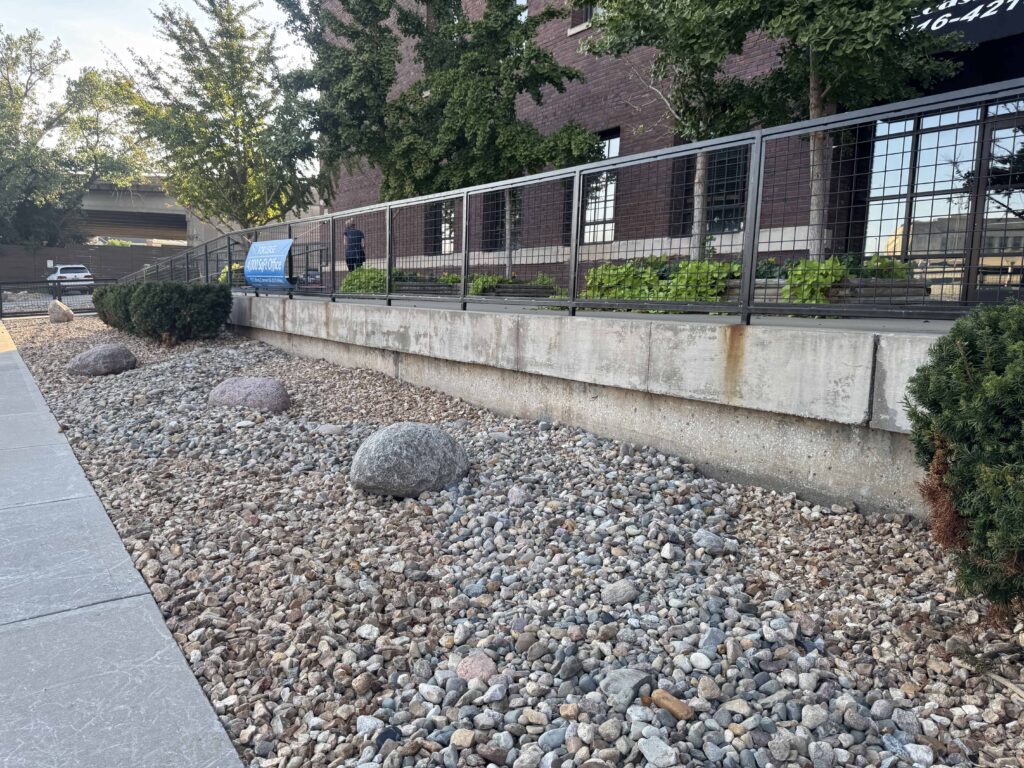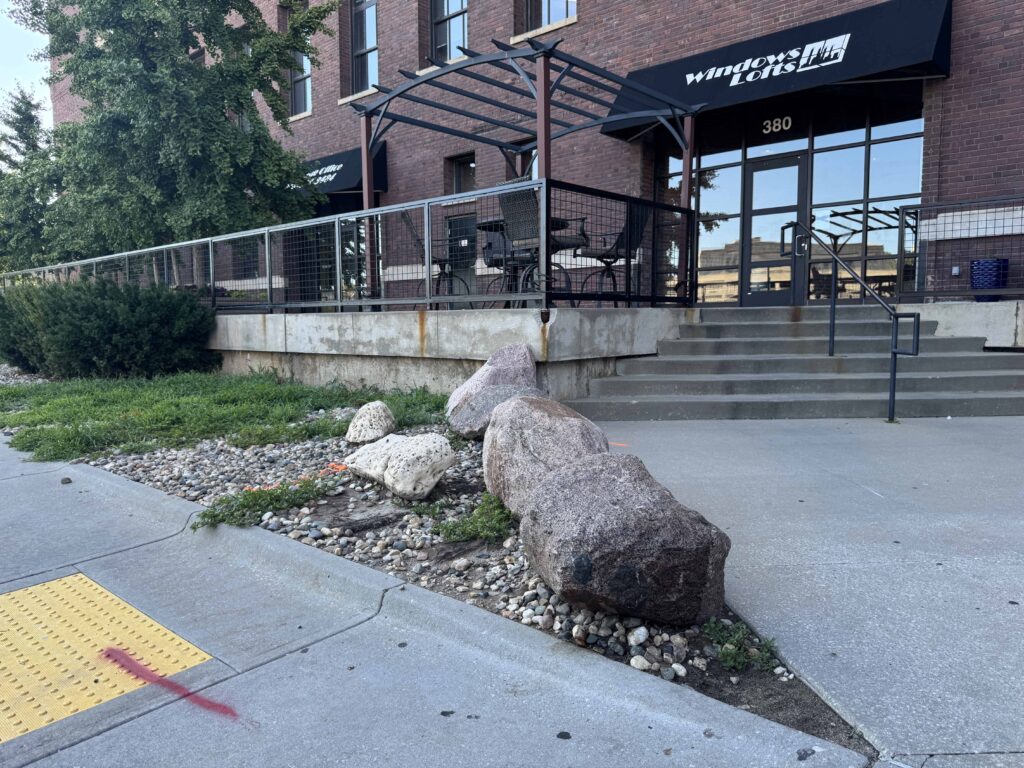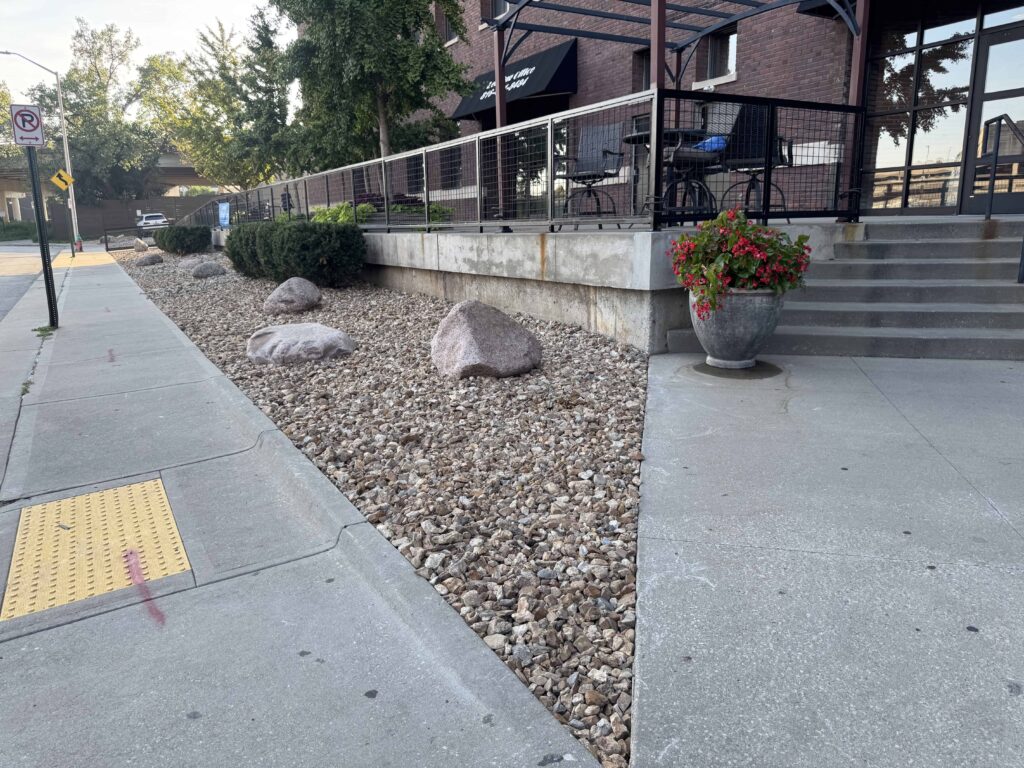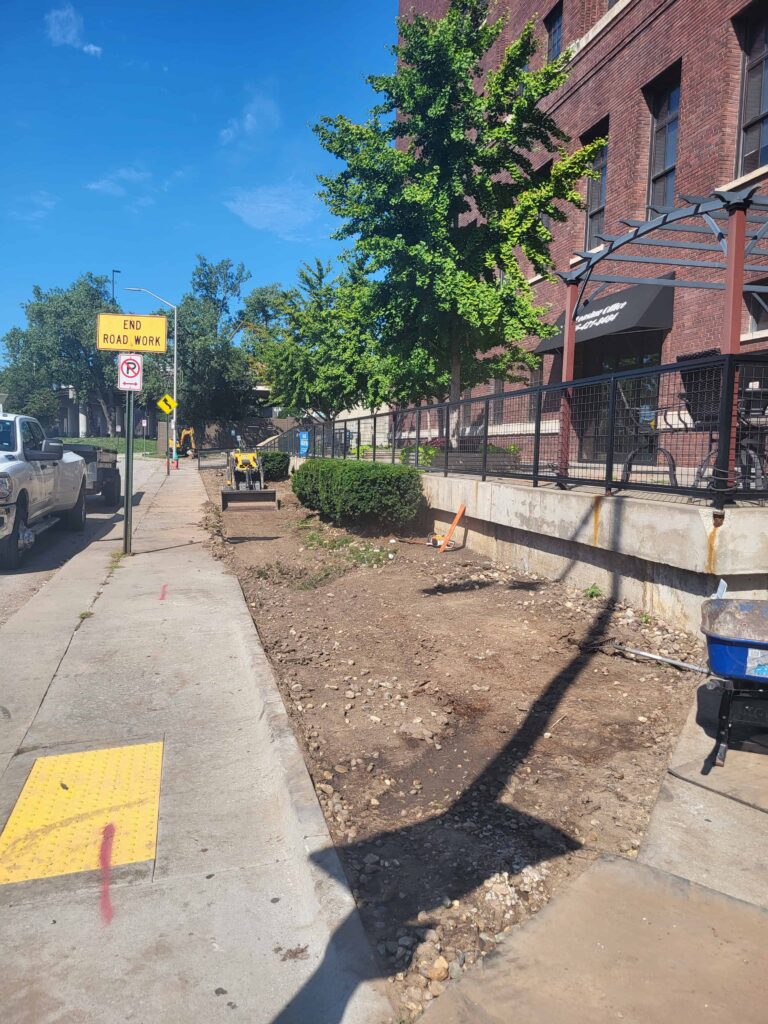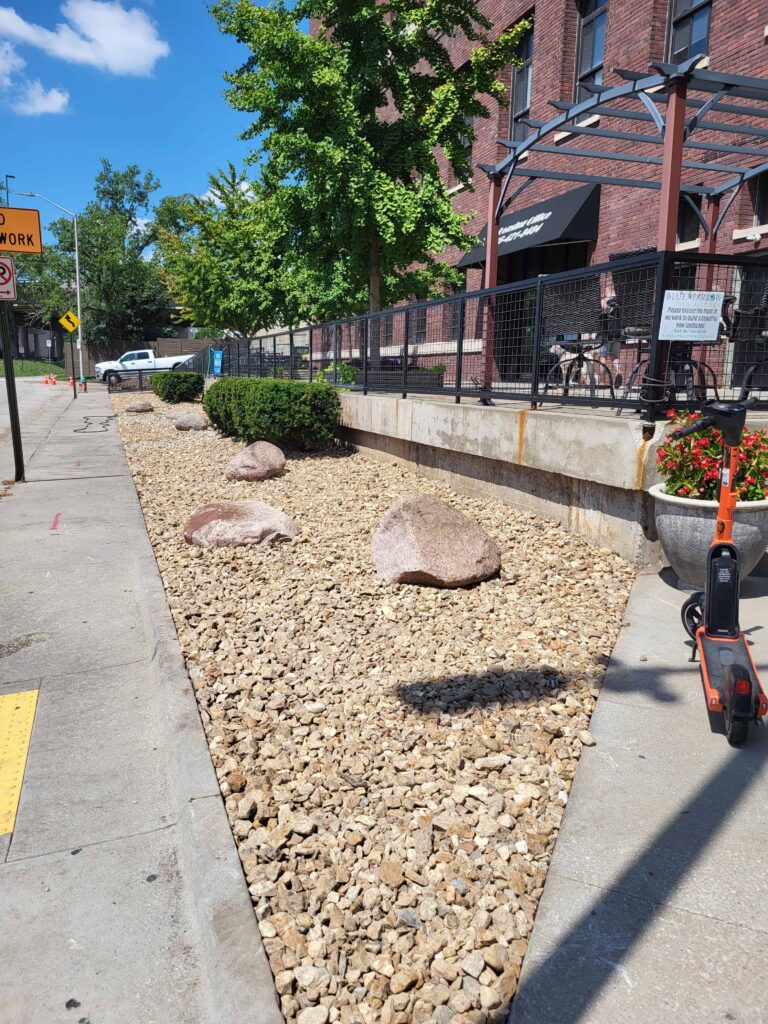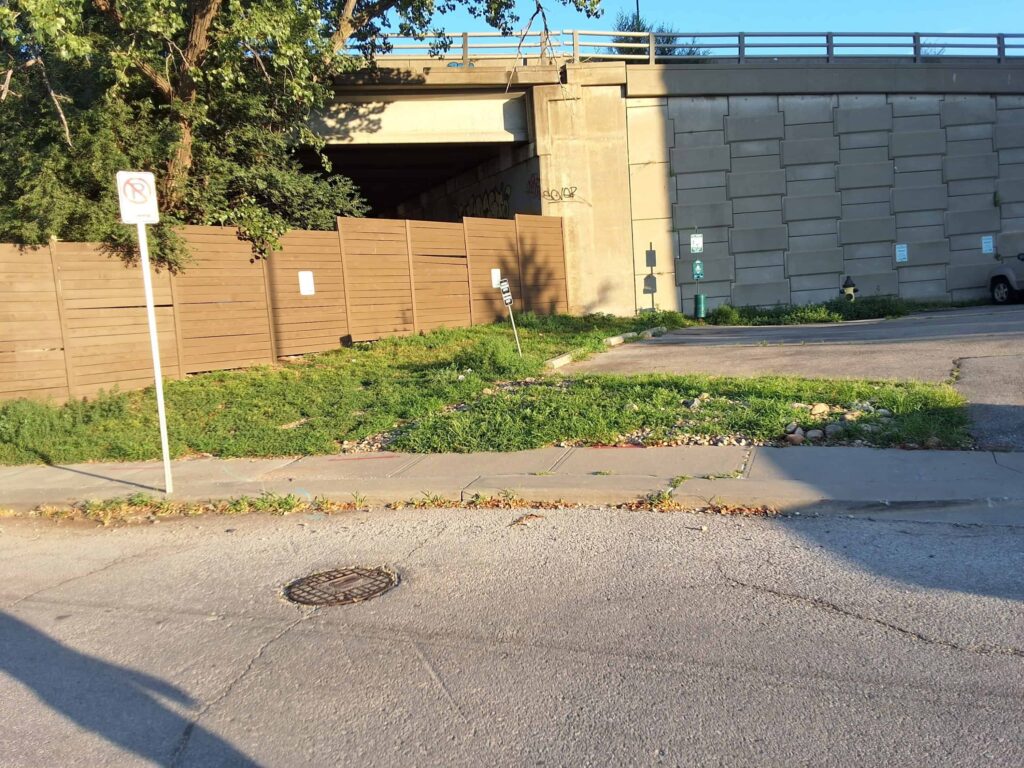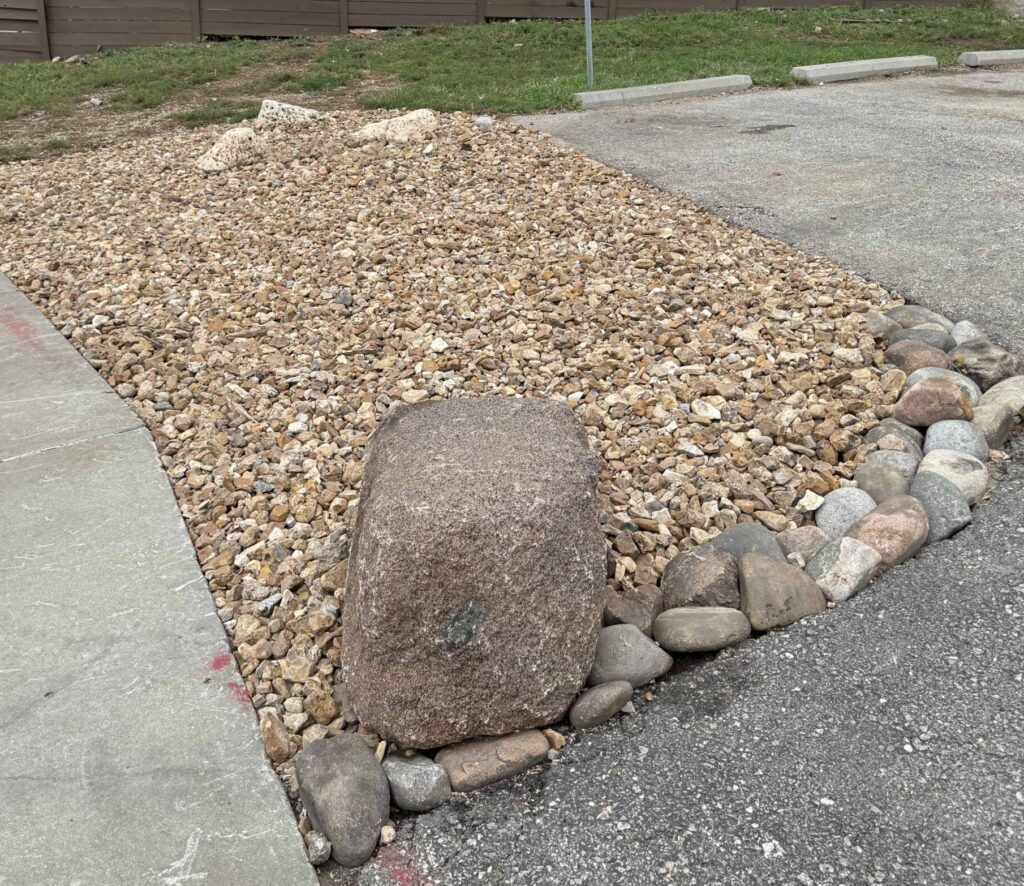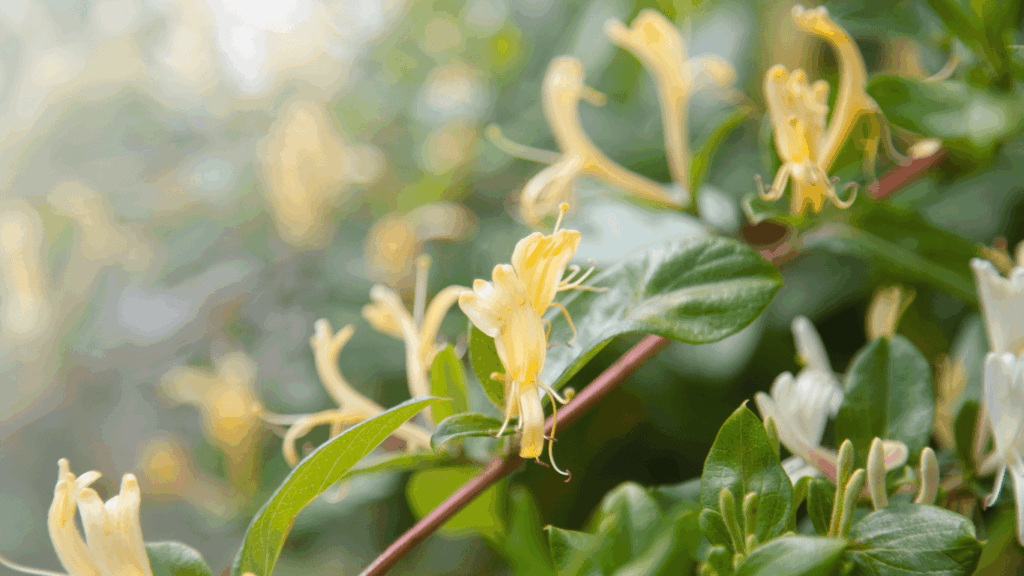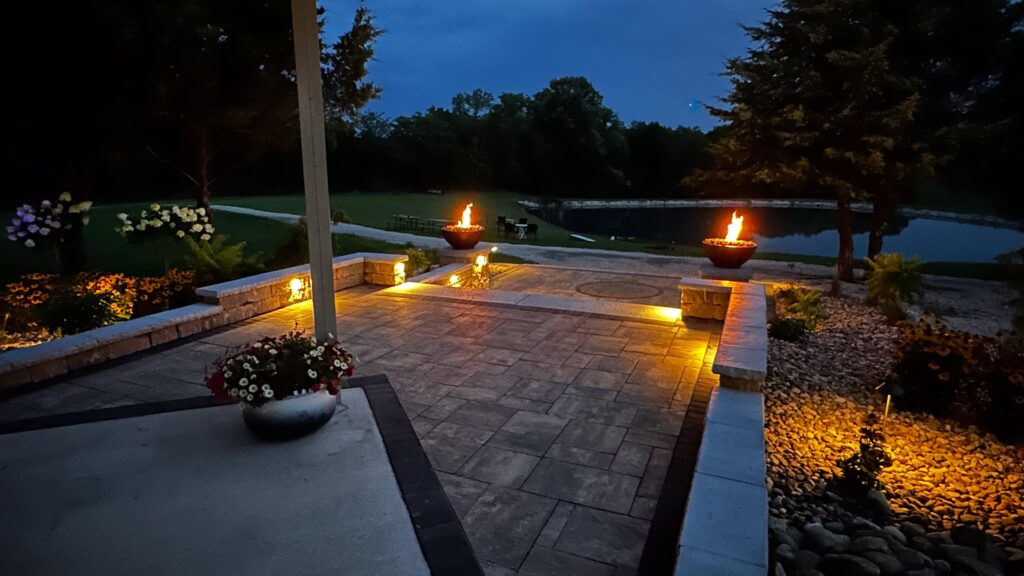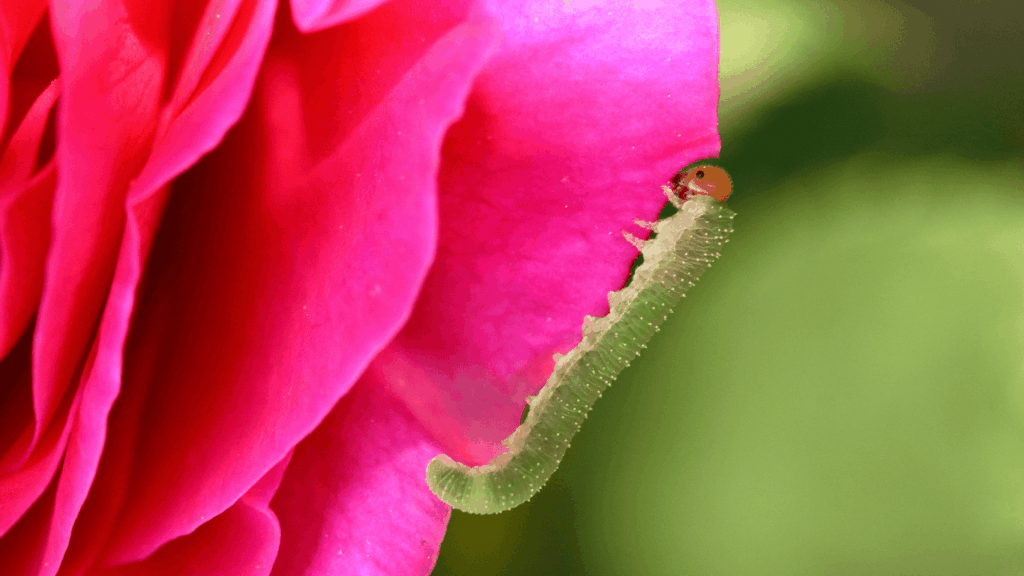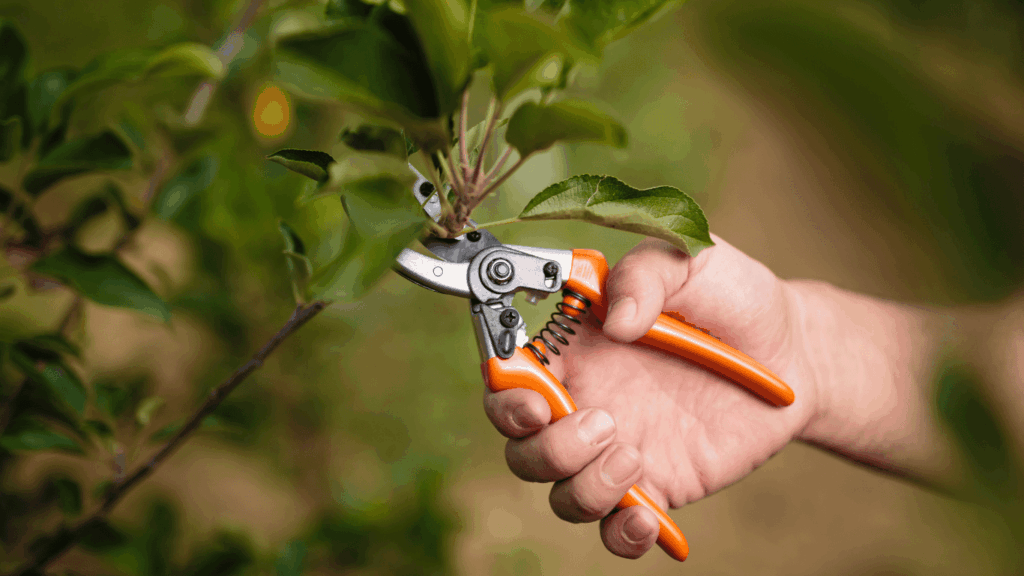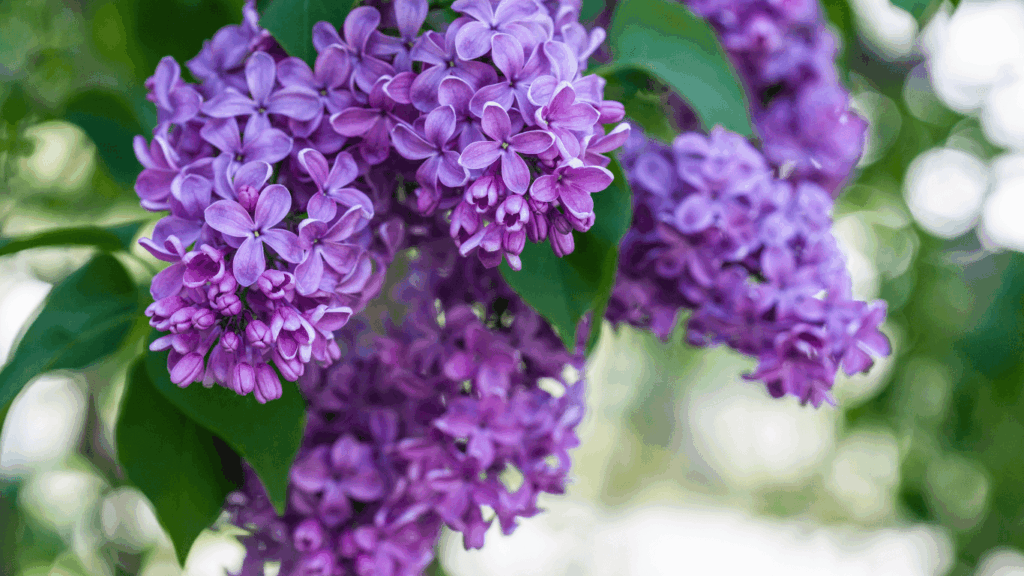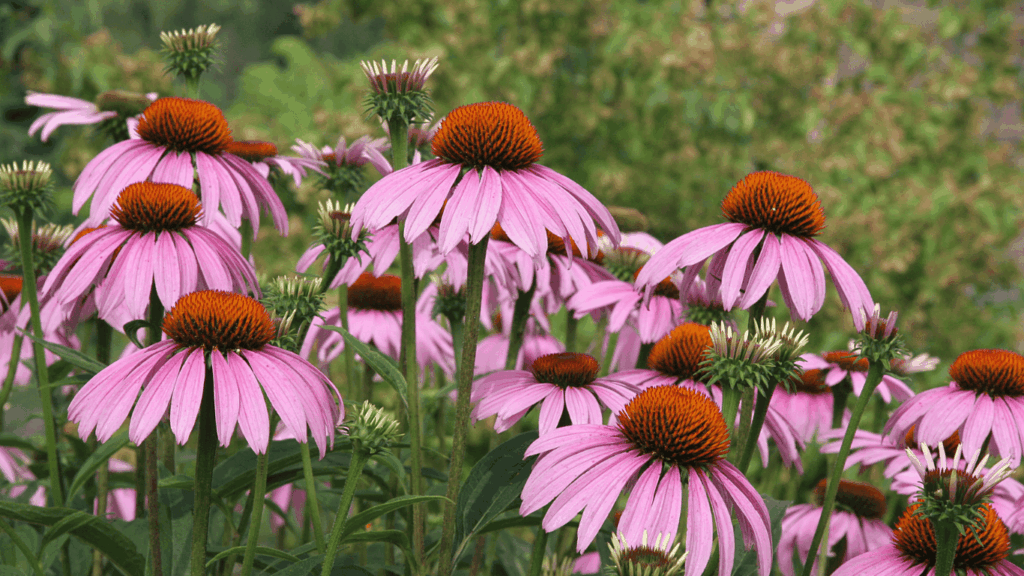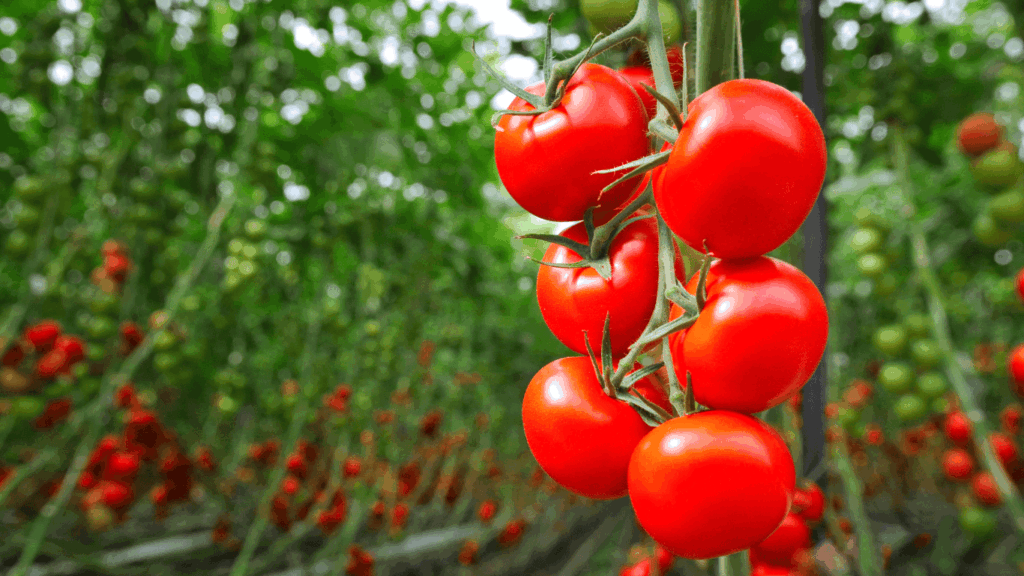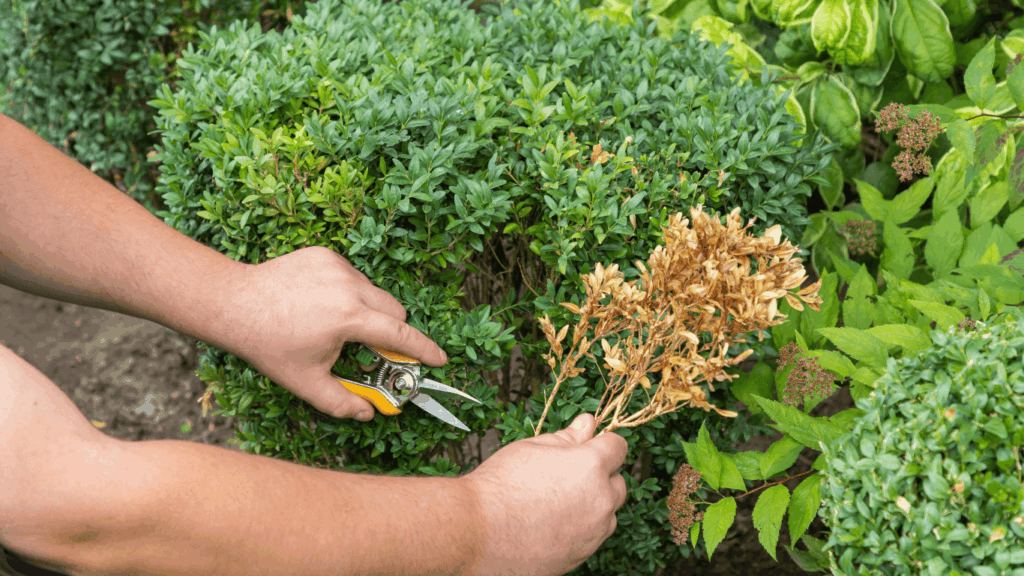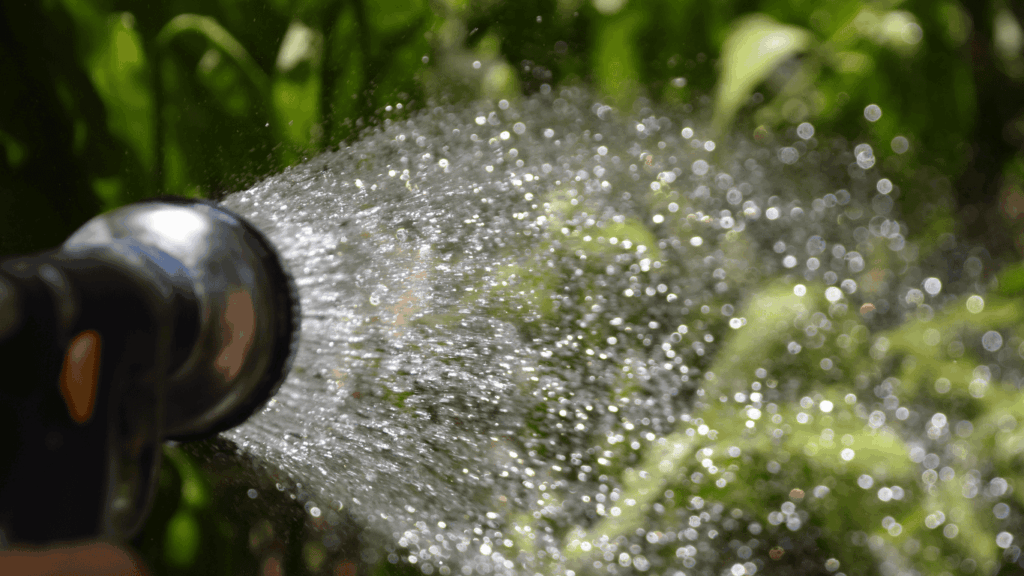
One of the questions I hear more than almost any other is:
“Joy, when can I stop watering my plants?”
Most people assume that once the temperatures drop and plants go dormant, the watering cans can be packed away until spring. But the truth is — your trees and shrubs still depend on you through winter, especially if they are young.
Let’s break it down.
Dormant Doesn’t Mean Done
Even though your plants may look like they’re taking the winter off, their root systems continue to function beneath the soil. That means they still require moisture, especially during dry spells.
Who Needs Winter Watering?
If you have:
Trees or shrubs less than 3–5 years old,
New plantings from this past year, or
Any plants installed in drought conditions,
…they still need supplemental watering during winter months.
These younger plants haven’t developed deep, established root systems yet, so they rely heavily on regular moisture to survive their first few winters.
How Often Should You Water in Winter?
A good rule of thumb:
Provide water every 2–4 weeks during winter when the weather is dry and there is no snow or rain.
And, just like in summer, the key is deep watering. A slow trickle from a hose at the base of each plant is ideal.
Water During the Warmest Part of the Day
Choose a day when temperatures rise above 40 degrees so the water can soak into the soil before freezing.
Why Winter Watering Matters
Young plants can become stressed or even die over winter if they don’t receive enough moisture. Winter drought is one of the most common causes of plant loss — but also one of the easiest to prevent.
Consistent watering helps your trees and shrubs:
Maintain root health
Better withstand freezing temperatures
Prepare for vigorous spring growth
It’s a small task now that makes a huge difference later.
What About Established Plants?
Once your trees and shrubs reach about 5 years old, they typically have deep, well-spread root systems and can handle winter dry spells more effectively.
However — during unusually warm, windy, or dry winters, even mature plants appreciate the occasional drink.
Final Thoughts from Joy
Winter watering doesn’t have to be complicated. Think of it as helping your plants through their childhood years — once they mature, they’re far more self-sufficient.
If you’re unsure whether your plants are established enough to skip winter watering, I’m always happy to help. Just reach out!
Stay warm, stay hydrated — and keep those plants hydrated too!


